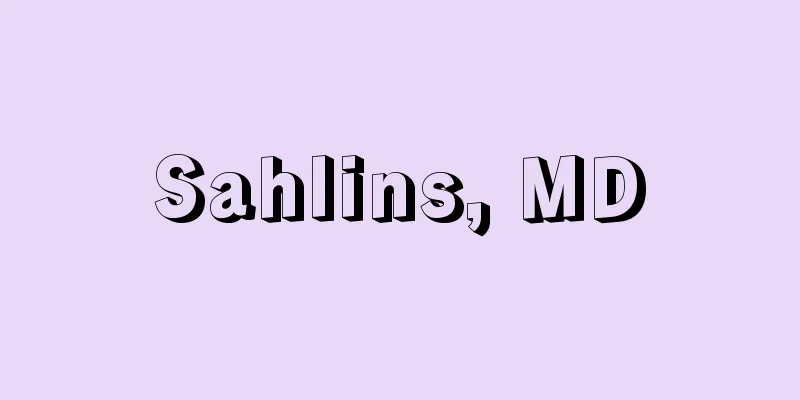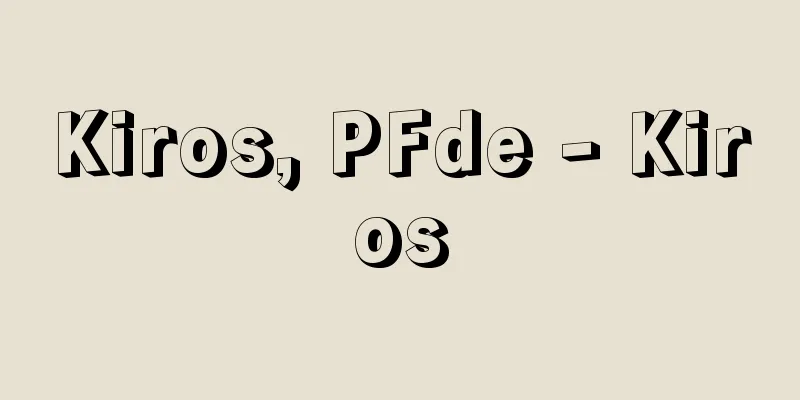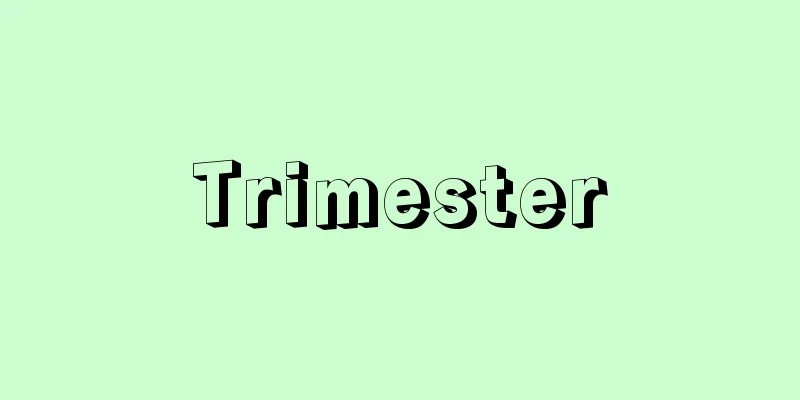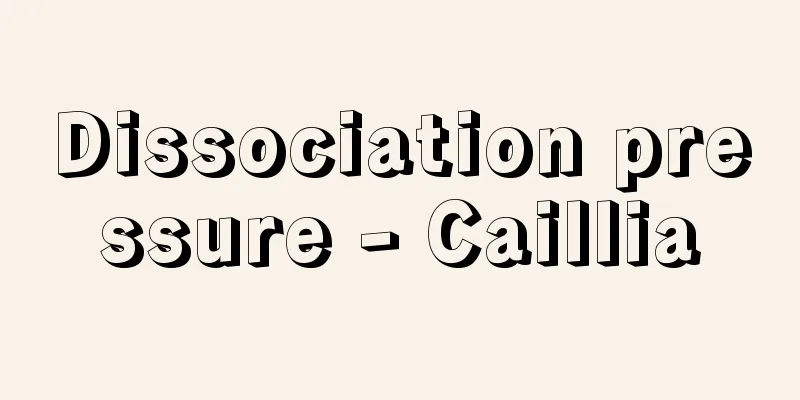Side verse - Wakiku

|
A term used in Renga and Haikai. In Renga and Haikai, this refers to the second verse following the hokku at the beginning of a volume. The verse format is 7-7, as opposed to 5-7-5 for hokku. While the hokku plays the role of the guest, the wakiku has traditionally been the role of the host, and is added with the spirit of greeting to the guest, continuing the unspoken sentiment left unsaid in the hokku. The ending usually ends with a rhyme character. Source: Encyclopaedia Britannica Concise Encyclopedia About Encyclopaedia Britannica Concise Encyclopedia Information |
|
連歌,俳諧の用語。連歌,俳諧において,巻頭の発句に続く第2句をいう。句形は発句の5・7・5に対し,7・7。発句が客の役であるのに対し,脇句は古来亭主の役とされ,客に対する挨拶の心をもって,発句の言い残した言外の余情を継ぐようにつける。とまりは韻字止めが普通。
出典 ブリタニカ国際大百科事典 小項目事典ブリタニカ国際大百科事典 小項目事典について 情報 |
Recommend
Principality of Galich-Volyn
A principality in medieval Russia. As Kievan Rus&#...
Antilock Braking System
A type of safe and effective braking system for au...
Producer - Producer (English spelling)
It means a producer or producer. It refers to the...
Kiyochika Onakatomi
…The prayer to the gods of heaven was recited by ...
Boronizing
...The diffusion coatings used industrially to im...
Financial statistics
This refers to statistics related to finance, such...
Harz Mountains - Harz
A mountain range in central Germany. It stretches...
Kenzo Asahara
Labor activist. Born in Fukuoka Prefecture. While...
Lophiomus setigerus (English spelling) Lophiomussetigerus
...This is thought to be useful for the swimming ...
Mysterious Rain - Kaiu
Rain that is colored or mixed with foreign matter...
Skeletal muscle
The muscles that move the skeleton are organs mad...
SBU
・Strategic Business Unit - Strategic business unit...
Takushoku University
It is a private institution. Its predecessor was ...
Osmic Acid - Osuminsan
…It is often used as an oxidizing agent, especial...
North Sea-Baltic Sea Canal (English: Nord-Ostsee-Kanal)
The Kiel Canal, also known as the Kaiser Wilhelm C...









